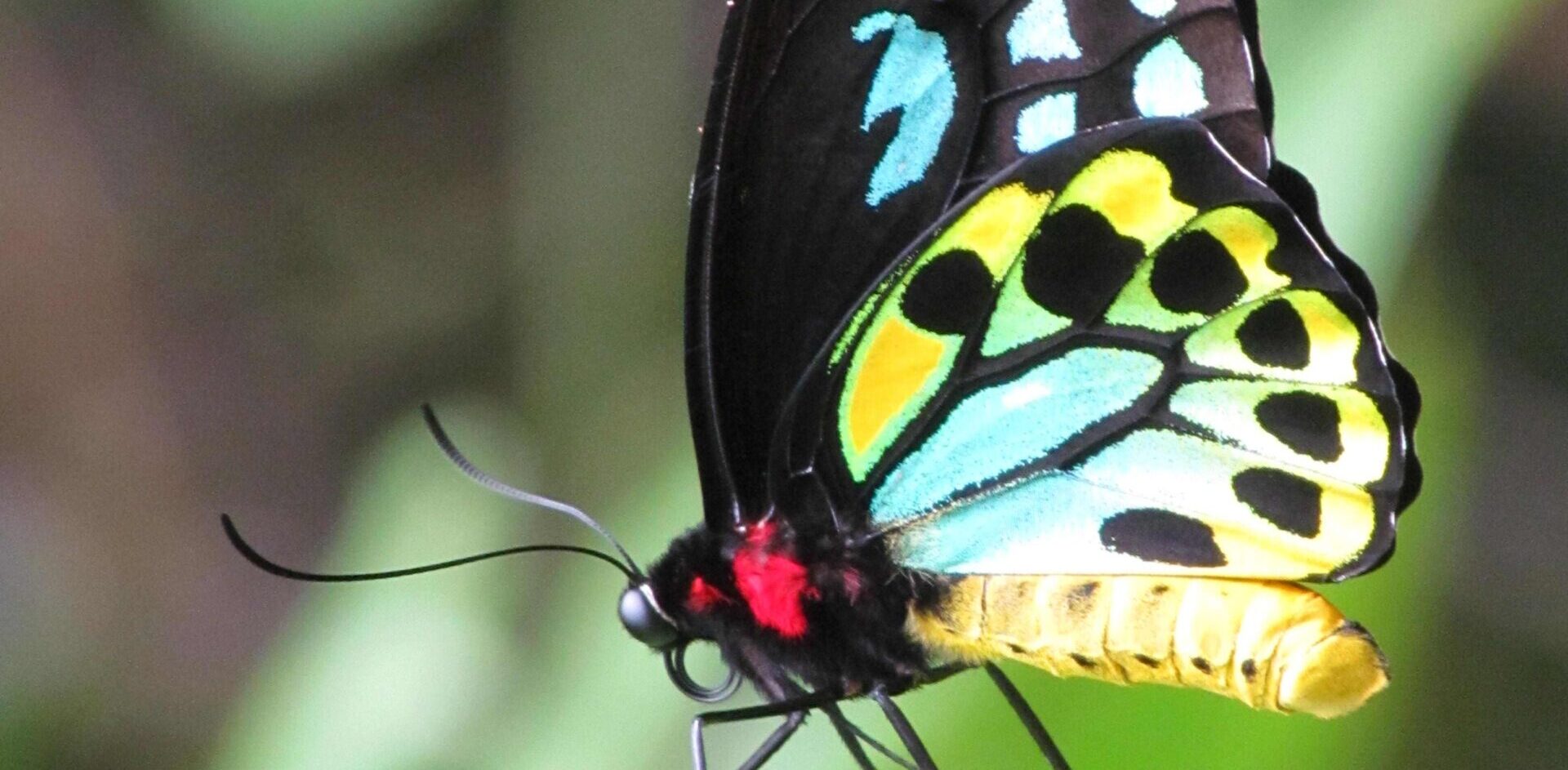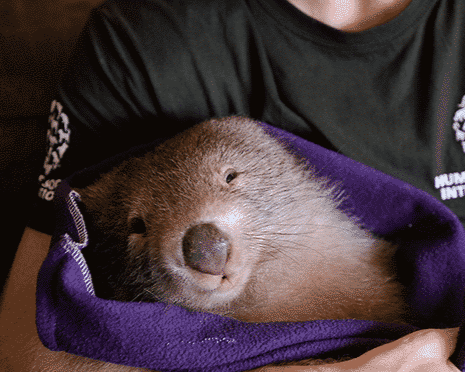The Newsletter of Humane World for Animals' Wildlife Land Trust • Issue 30 • 2025 Read More
Every May 21 and 22 we recognise Endangered Species Day and The International Day for Biological Diversity, respectively. Making nominations to list at-risk species as Threatened or Endangered is a big part of our conservation work, with 74 successful nominations of Australian species to date. So this year, a few of the HSI team are highlighting some of the nominations we’ve made to protect Australia’s unique and wonderful species.

Albatross
From Alexia Wellbelove, Senior Campaign Manager
I’m incredibly proud of being part of the reason the number of albatrosses killed in fisheries has reduced dramatically around Australia’s coasts. HSI’s advocacy efforts on both longline and trawl fisheries have led to ground-breaking rules being implemented in fisheries and more albatross parents being able to return to feed their chicks.

Grey-headed flying-fox
Nicola Beynon, Head of Campaigns
I love our work to save the grey-headed flying-fox; unfairly maligned and under-appreciated for its critical role in pollinating our forests. HSI’s scientific nomination secured its threatened species protection and we worked with the NSW Government on a subsidy for fruit farmers to protect their orchards with bat friendly netting and a phase out of shooting. Evan Quartermain, our Head of Programs, is working on persuading other states to adopt the same successful strategy.

Australian sea lion
Erica Martin, Chief Executive Officer
It might now know it, but the Australian sea lion is incredibly grateful to HSI. We secured its endangered species protection and negotiated for there to be sanctuaries around its breeding colonies in southern Australia to protect it from entanglement in gillnets. We keep in touch with the scientists monitoring the colonies to see if their numbers will start recovering.

Flatback sea turtle
Helen Church, Project Officer
Our work to protect flatback turtles is a highlight for me because they face a litany of threats across the Australian coast including habitat destruction, global warming and entanglement in fishing gear. HSI secured a threatened listing for this species in 2000, and since then has worked with governments and NGOs to reduce bycatch in fisheries and tackle the marine debris crisis. Our Wildlife Land Trust sanctuaries in QLD, WA and the NT also work with researchers and Traditional Owners to protect nesting beaches and help this incredible species recover.

Maugean skate
Lawrence Chlebeck, marine biologist and shark campaigner
It might not be the cutest animal, but it’s an important part of Australia’s biodiversity. Listed on the IUCN Redlist as Critically Endangered, the Maugean skate is a living dinosaur found only in Macquarie Harbour in Tasmania. It belongs to an ancient lineage closely related to sharks and rays and it is one of the only fish in the world to inhabit brackish, or slightly fresh water. With a population estimated at around 3200 animals, the Maugean skate is at risk. It has been forced to share its only home with an increasingly intense and poorly regulated salmon farming industry. Pollution emanating from these farms has harmed the skate’s only habitat, threatening its survival. HSI has nominated the Maugean skate to be uplisted to Critically Endangered under the EPBC Act in hopes that necessary actions can be taken in time to save the Maugean skate from disappearing forever.
Cassowary
Evan Quartermain, Head of Programs
Southern cassowaries are incredible. These enormous flightless birds have thick legs that wouldn’t look out of place on a dinosaur, and being the only animals that can stomach large fruits are critical for seed dispersal in the Wet Tropics – I once saw a cassowary swallow a grapefruit whole, complete with cartoon-like neck bulge as it went down! Many Wildlife Land Trust members in Far North Queensland (including the world’s first cassowary rehabilitation centre) protect cassowary habitat, and we have helped to purchase land frequented by cassowaries to permanently conserve – a must when habitat destruction is driving declines. We’ve also convinced councils to install speed bumps on roads where cassowaries were frequently being struck. This nomination is a bit different as HSI is on the verge of securing protection for large areas of cassowary habitat through our nomination to have Lowland Tropical Rainforest of the Wet Tropics Bioregion listed as a Critically Endangered ecological community.


